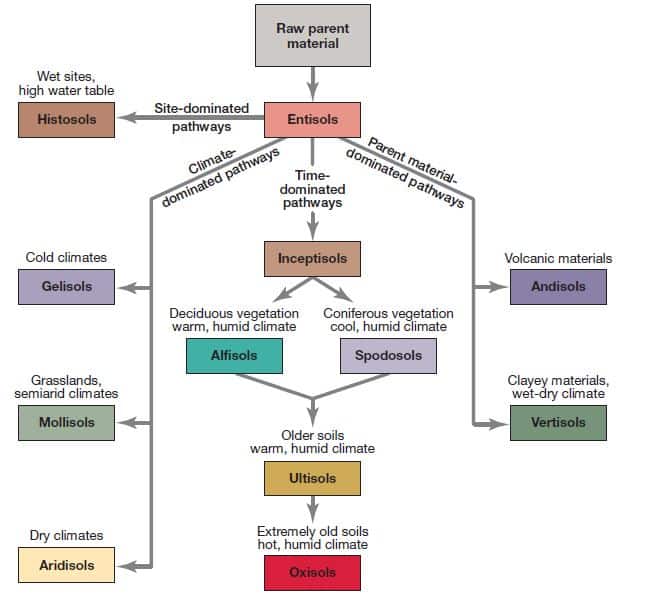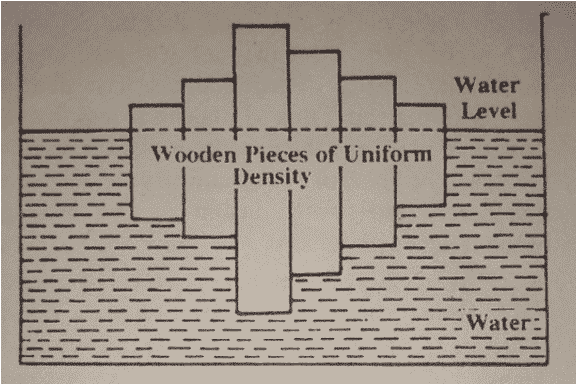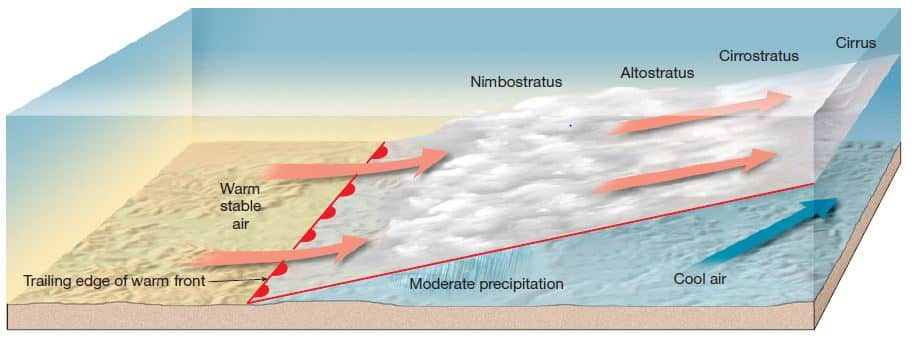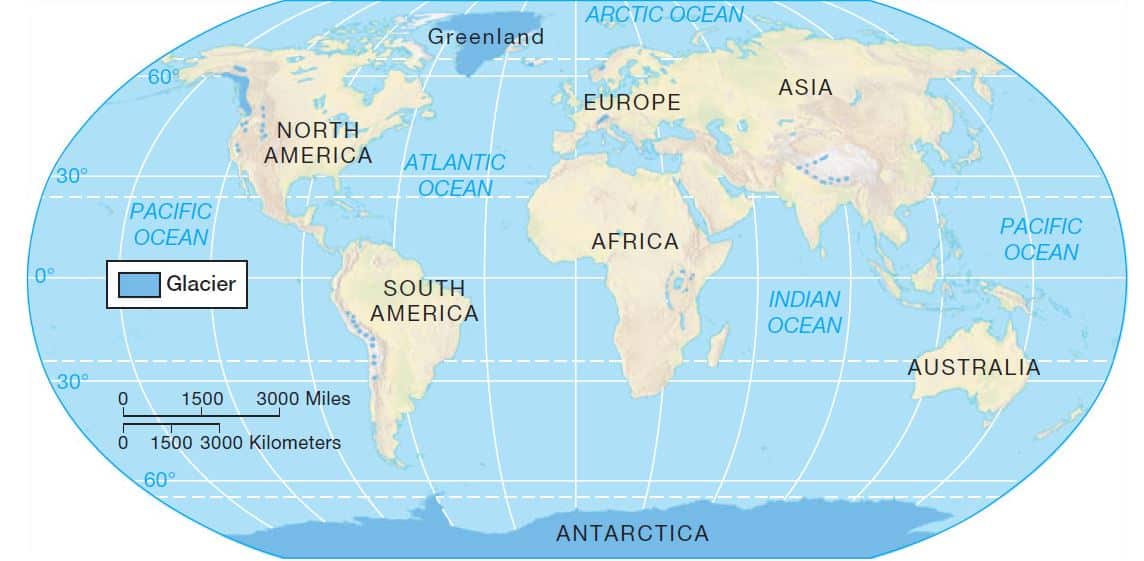Leaching of Soil | UPSC – IAS | Geography Optional
For plants, capillary water is the most important and gravitational water is largely superfluous. After gravitational water has drained away, the remaining volume of water represents the field capacity of the soil.
- If drought conditions prevail and the capillary water is all used up by plants or evaporated, the plants are no longer able to extract moisture from the soil; then, the wilting point is reached.
What is Leaching of Soil ? | UPSC – IAS
- leaching is the loss of water from water-soluble plant nutrients from the soil, due to rain and irrigation.
- Water performs a number of important functions in the soil. It is an effective solvent, dissolving essential soil nutrients and making them available to plant roots.
- These dissolved nutrients are carried downward in solution, to be partly redeposited at lower levels. This process, called leaching, tends to deplete the topsoil of soluble nutrients. Water is also required for many of the chemical reactions of clay and for the actions of the microorganisms that produce humus.
- In addition, it can have considerable influence on the physical characteristics of soil by moving particles.
What is Eluviation and Illuviation ? | UPSC – IAS
Water can have considerable influence on the physical characteristics of soil by moving particles around and depositing them elsewhere in the soil.
- For example, as water percolates into the soil, it picks up fine particles of mineral matter from the upper layers and carries them downward in a process called eluviation. These particles are eventually deposited at a lower level, and this deposition process is known as illuviation.
 Image Explanation – In the process of eluviation, fine particles in upper soil layers are picked up by percolating water and carried deeper into the soil. In the process of illuviation, these particles are deposited in a lower soil layer.
Image Explanation – In the process of eluviation, fine particles in upper soil layers are picked up by percolating water and carried deeper into the soil. In the process of illuviation, these particles are deposited in a lower soil layer.









